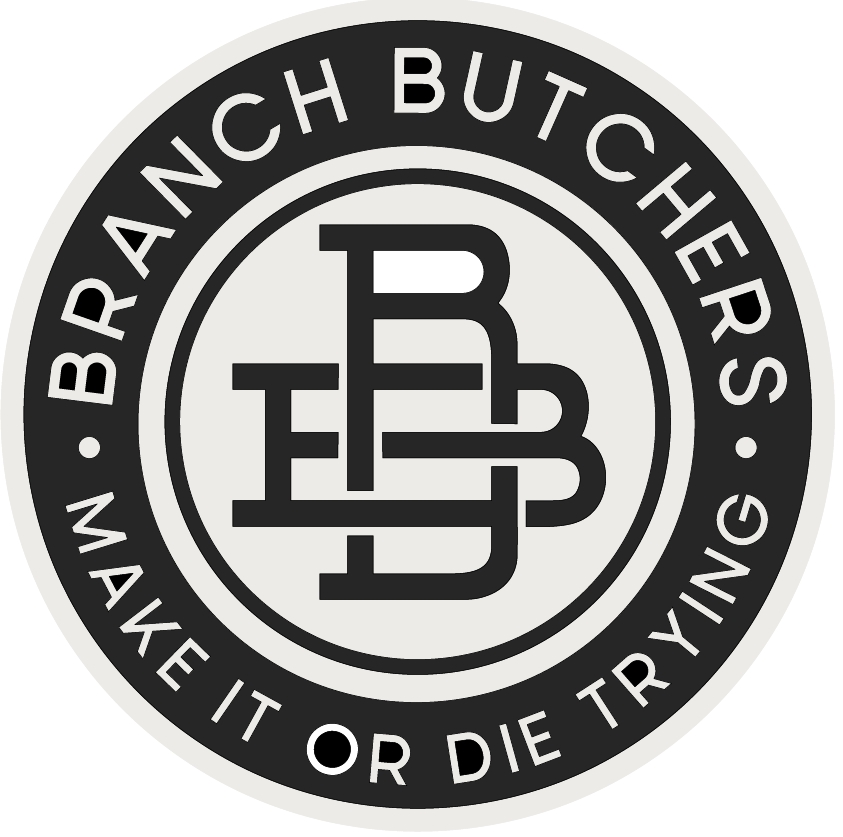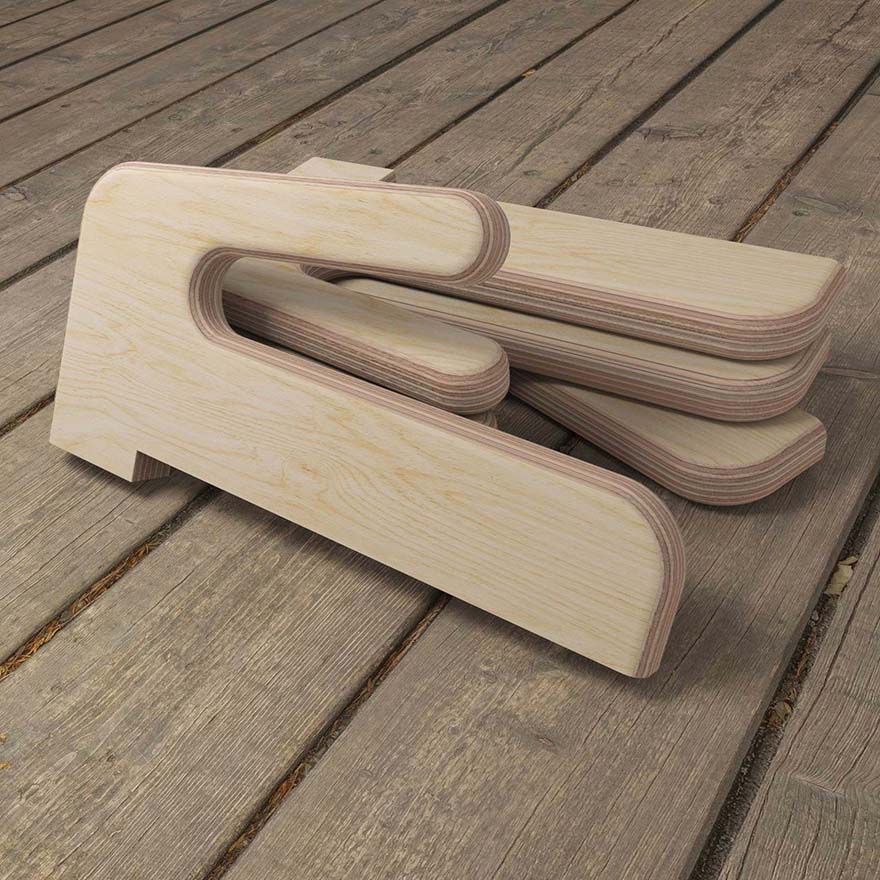Whether it’s a scrap of wood laying around or something shaped like a Star Wars blaster, a push stick is, in its simplest form, something to keep your hands away from the cutters we all use in our shop. We’ve all been taught to use them, but do we? There are a lot of factors that set a good push stick apart from a bad, or even dangerous, push stick. In this article, we’ll look at some points to consider the next time you buy, or even better, make your next push stick.
The most obvious reason to use one is safety. Keep those precious fingers away from the spinning blades and you’ll keep them attached to your hand longer than if you don’t. So, it’s simple, just use anything that achieves this goal, right? Well kind of. If you take a quick look around the internet at the offerings available, you’ll quickly realize that there’s a push stick for every occasion. Some are simple and homemade, and others are, expensive, complex contraptions akin to a Swiss army knife.
Many years ago, when I set up my first shop, I needed some push sticks for various machines. Having no money and lots of time, I went about prototyping various designs on some scrap plywood. I cut them out and used them for a while. Some were ok, and others were outright dangerous. After a few iterations and a couple of decades of use, I now have what I feel to be a safe and effective push stick for the type of work that I do.
Now if you have a very specific task, you may find that designing a push stick for that process is the only way to go, but it’s unlikely it’ll be a good all-around push stick. “The Branch Butches Push Stick” is just that. It excels in most situations and it’s comfortable to use. It keeps your hands away from the cutters and it works just as well on the table saw as it does on the jointer or router table.
Comfort is going to go a long way in how successful a push stick will end up being in your shop. Something awkward, and complex will see little use. The opposite is true. If it’s comfortable and easy to use, you’ll find yourself reaching for it to make almost all cuts. Over time it may even end up feeling awkward, and unsafe, to not use it. That’s when you know you’ve got the right one. Safely using woodworking machinery is something that you must train yourself to do without really thinking about it. Developing habits that keep you from unnecessary accidents is a must.
If you don’t already have a favorite push stick head over to the free plans section of the site and download the Branch Butchers Push Stick plan. I’ve included two designs in the download that will cover almost all your woodworking needs. I encourage you to grab a few pieces of scrap plywood and make a few to try out. Make sure you use plywood and not solid wood though. The design is not appropriate for use with solid wood as a failure in use would be catastrophic.
Let’s look at its use on the table saw first. I consider this to be one of the most, if not the most, dangerous pieces of machinery in the wood shop. Ever heard of a Saw Stop table saw? There’s a reason it’s the only tool made that will let you touch a fully spinning cutter and not end up losing a digit. A push stick is a must-have for this machine and using it without one is asking for trouble. One of the problems with table saws that even the Saw Stop won’t help you with is kickbacks. Yes, you can, and should, use a riving knife and that’s going to help but it’s not always possible.
The material will tend to be pushed up away from the table as it exits the back side of the blade. This will be exasperated even more if your fence is improperly aligned, or the wood pinches the spinning blade. This happens as you relieve tension and is more common in solid lumber than sheet goods. A good push stick will allow you to not only push the material through the saw but hold the material down to the machine’s work surface. Having a handle that is horizontal, or near horizontal, will allow you to do both. Some may find a slight angle on the handle a little more comfortable on their wrist if used for extended periods, so I’ve included one in the download. I tend to gravitate toward the horizontal one myself but try them both and use whatever one feels best.
A jointer is another tool that will benefit from a push stick. Feeding stock through a jointer safely takes a different approach. The cutters are under the wood and therefore out of sight, for the most part. This can give you the impression it’s not that dangerous. You’d be wrong to think so, and it’s what leads to unnecessary accidents. Much like the table saw, and all other woodworking tools, we have a spinning cutter. As the wood contacts the cutter it’s pushed down toward the table surface but as it exits it’s pushed up away from the machine’s work surface. With the jointer, this will show itself as ripples in the freshly machined wood unless held down. A proper push stick that can apply downward pressure will help and as the stock exits the cutter it will keep your fingers away from the cutter that has been hiding under your material just waiting for a chance to catch you off guard.
I could go on and on about the uses of push sticks on every machine, but I think you get it. They’re a safety device that you must use and not just occasionally. So find a design that is comfortable, and allows you to distribute the pressure you need, in the direction you want, safely. Make a bunch of them so you don’t have to search for one when you need it, and most importantly use them whenever you can.
Have fun, be careful, and remember “Make it Or Die Trying.”


0 Comments